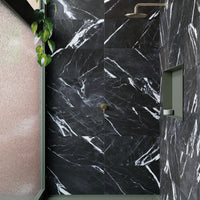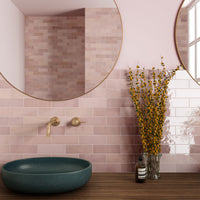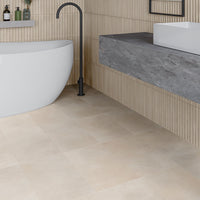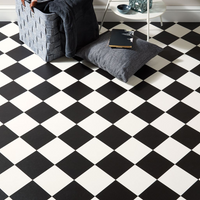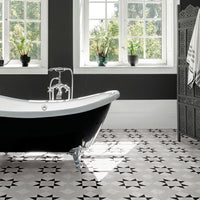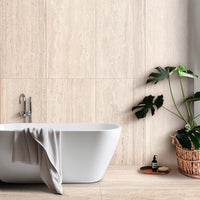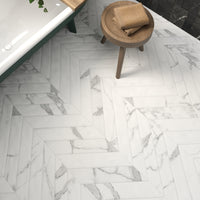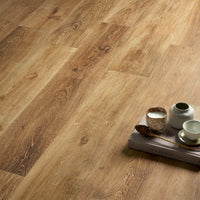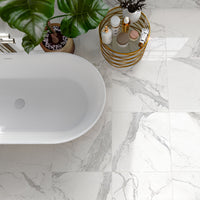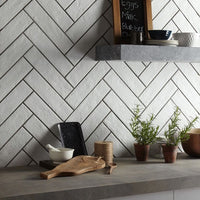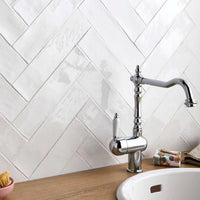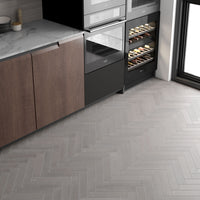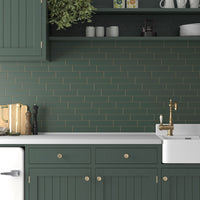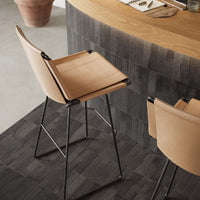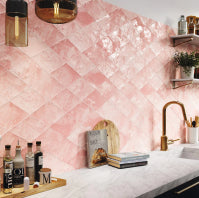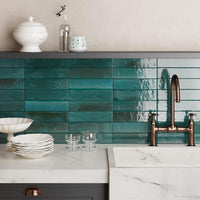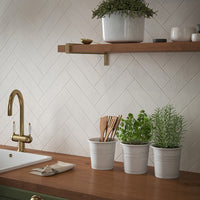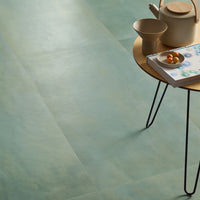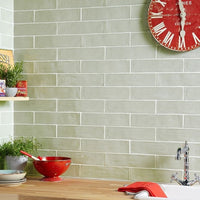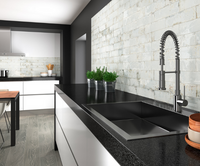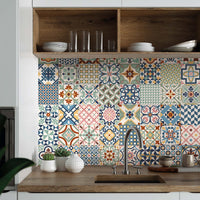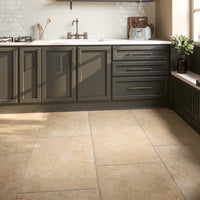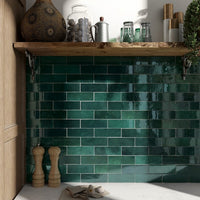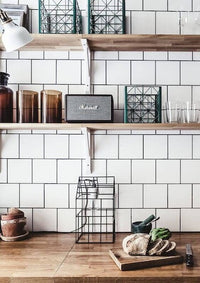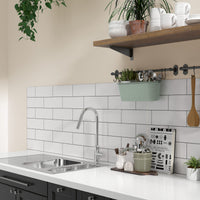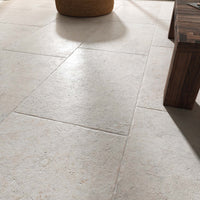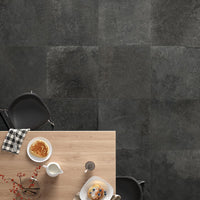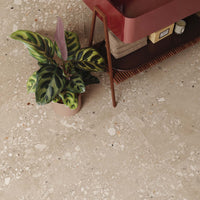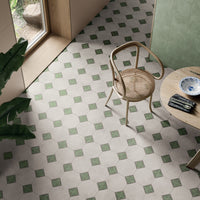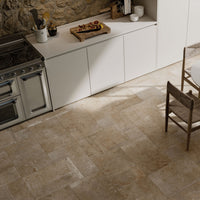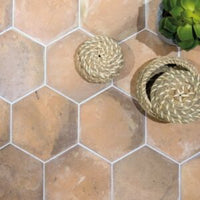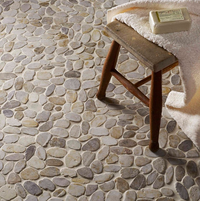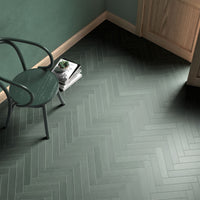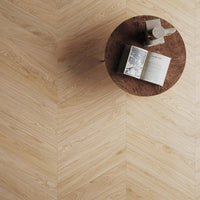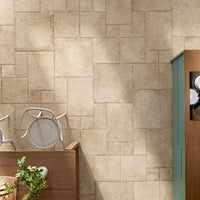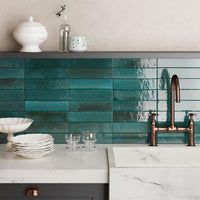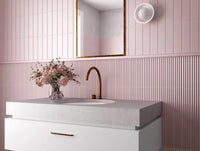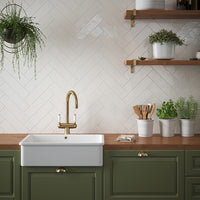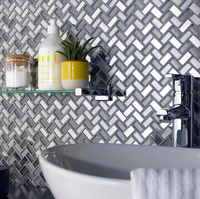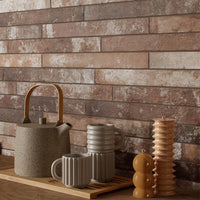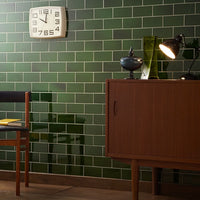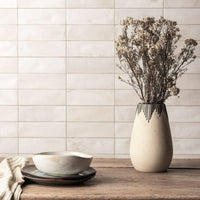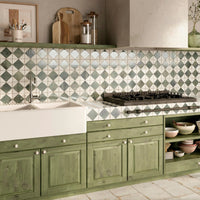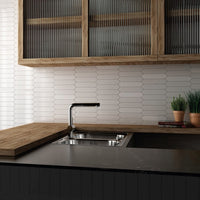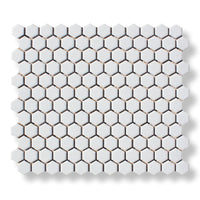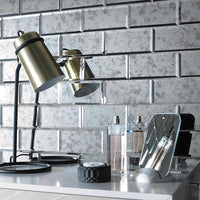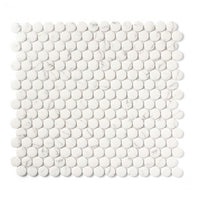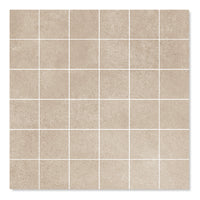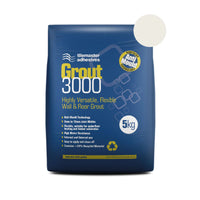It’s a simple fact of life that most grout joints will stain over time, often to a rather unappealing shade of yellow. And while cleaning your tile grout might not sound like fun, it is pretty rewarding - fresh-looking tile joints are always worth the effort!
So if your grout joints are starting to look yellow or discounted, read on. Our expert advice will keep your walls and floors looking pristine.

Why does grout stain?
Most grouts are cementitious, which is a fancy term for being made from cement. Cement is porous, so grouts are prone to absorbing liquids and stains if they’re left unsealed - as they often are, unfortunately. These stains could be from all manner of materials; from muddy shoes in a busy hallway, to shampoo or soap residues in a shower, or food and oil in a kitchen environment.
As you might expect, not all grouts will stain equally. A darker grout in a shower area is more likely to resist staining than a lighter grout in a busy hallway floor, for example. And some epoxy grouts are highly resistant to staining, as we’ll shortly see.
Different ways to clean grout
There are a number of way to clean grout joints, depending on the severity of staining. While you can clean grout using just warm water, we recommend starting with our homemade solution first, as this is a pretty mild cleaning method. This tends to be sufficient for many lightly stained joints - if it doesn’t get your grout sparkling then progress onto one of the stronger methods.
Cleaning grout with a homemade cleaning solution
For this, you’ll need to mix bicarbonate of soda and distilled white vinegar together, into a thick paste.
Rub this paste into the grout joints using an old toothbrush or specially designed grout brush - you can use a cotton bud for any hard-to reach corners. Once the paste is agitated, leave it to work for up to twenty minutes before rinsing off with clean water.
As the vinegar contains acid, make sure that all the paste is washed off; any lingering acid could, in theory, damage the grout.
In place of the bicarbonate of soda, you can also use a whitening toothpaste or Pink Stuff, both of which are a little more abrasive.
Cleaning grout with a grout cleaner
For more stubborn stains, you can use a commercial grout cleaning product such as HG Grout Cleaner. While slightly more expensive than the homemade option, these tend to be more effective on heavily stained grout joints.
However, they do contain chemicals, so make sure that your room is well ventilated and you’re wearing gloves and goggles.
Cleaning grout using a steam mop
Steam cleaners are a great option for cleaning floor tile grout and no chemicals are needed, although they do leave a lot of hot water in their trail. They’re very effective at loosening up stains and dirt, especially if you use a dedicated attachment that’s designed for grout joints.
It’s best to move slowly - let the steam do the work, brush the joints vigorously with the bristles, then rub dry with a clean cloth.
Cleaning grout using bleach
We only recommend using bleach to clean white grout that’s extremely stained. It can easily fade other grout colours and long term use can erode your joints.
How to clean mould off grout
A telltale sign of mould and mildew is black spots over your grout joints, especially those in warm, damp environments such as bathrooms. This isn’t just unsightly, it’s potentially unhealthy too - and must be tackled as soon as possible.
The best way to approach mouldy grout joints is to spray them with our Mouldex cleaner, rather than scrubbing. Scrubbing can make the situation worse by spreading the spores.
How to stop grout from staining
While you can use a darker grout that’s less likely to show stains, or open windows to help ventilate your room and prevent mould growth, sealing your grout joins with our Grout Protector spray is the best way to stop grout from staining. This spray forms a colourless impregnating barrier that will stop the majority of liquids and spills in their tracks, giving you time to wipe them up.
It’s best to seal immediately after tiling, once the grout has fully cured, so check with your tiler to see if they’ll be sealing the grout joints. If you wish to seal existing grout joints, then it’s best practice to clean the tiles, grout thoroughly and allow to dry, before applying the Grout Protector.
Epoxy grout
While most grouts on sale today are cementitious, epoxy grouts are becoming more popular. Traditionally used on commercial projects, these grouts are non-porous and so are highly resistant to stains - without needing to be sealed.
They do have a reputation for being a little difficult to work with, so our advice is to choose your grout based on your desired colour first.







